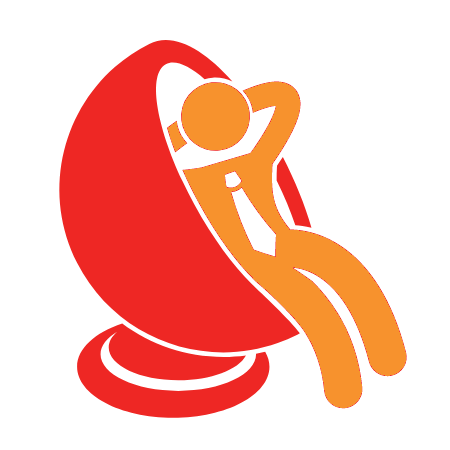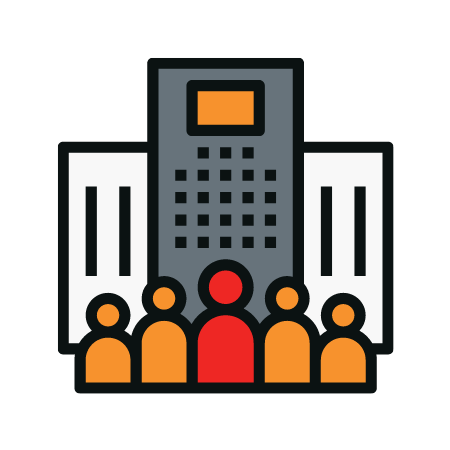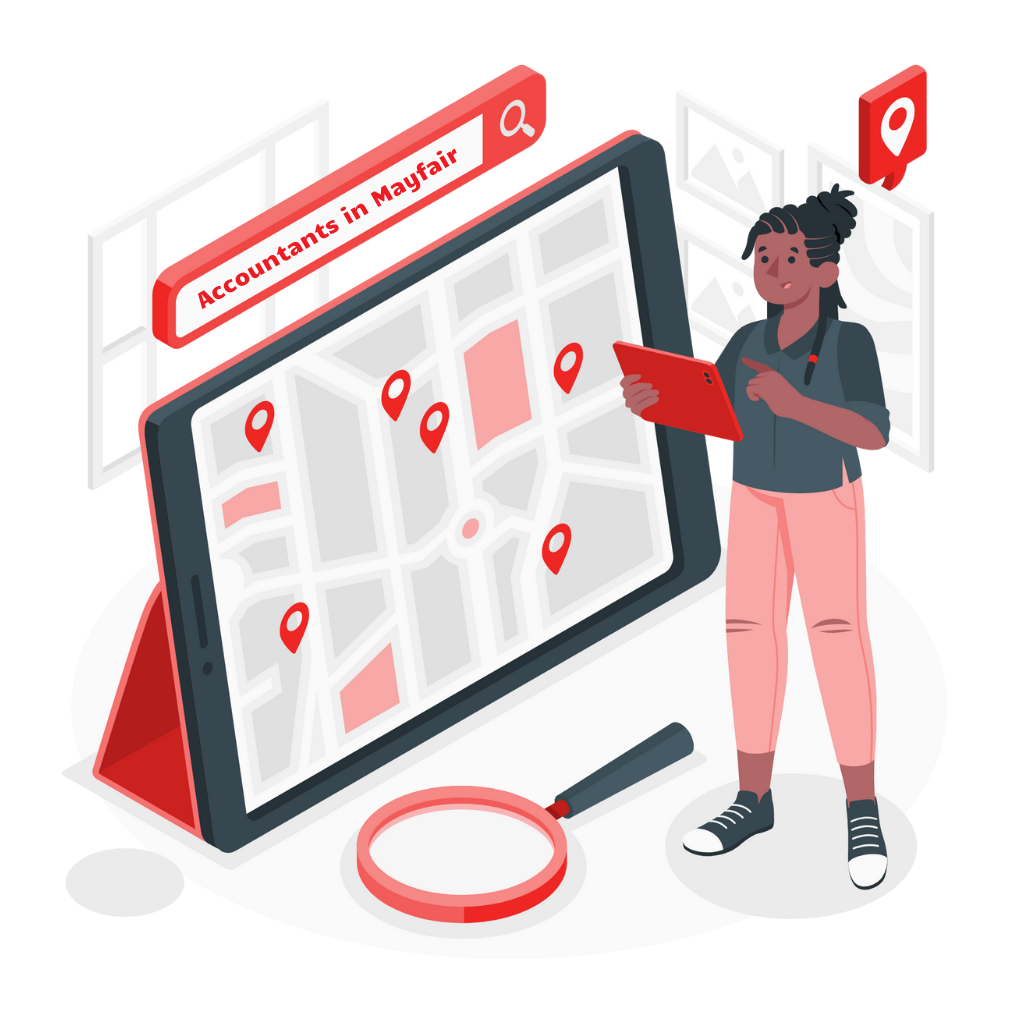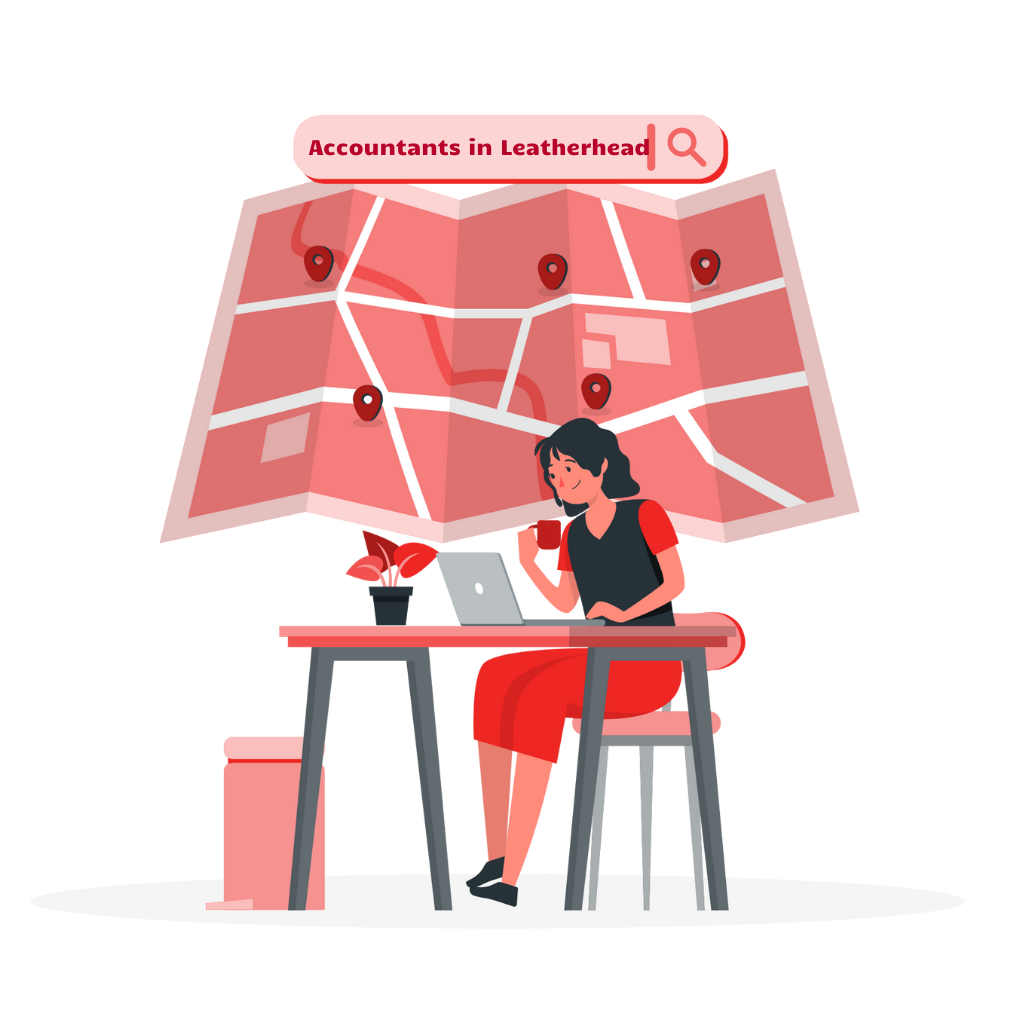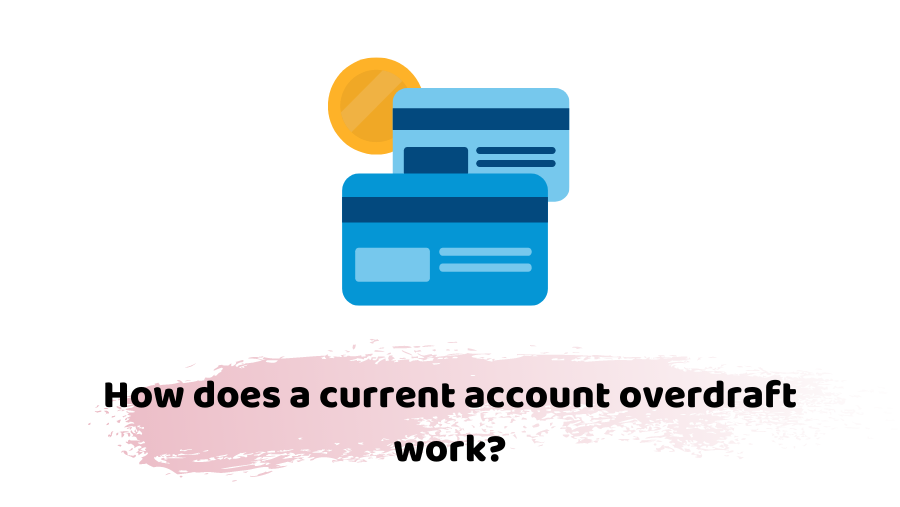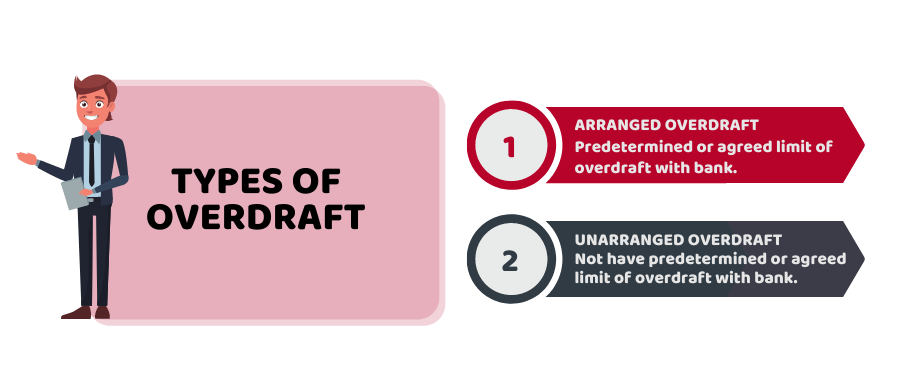If you’re curious to know, “how overdraft works?” You’re at the right place. In this blog, we’ll discuss what is an overdraft, what are its types, how does it work, its limit, and its costs. Let’s delve into the details of how overdraft works?.
What is an Overdraft?
An overdraft is a type of short-term financial loan. It allows you to get a temporary credit facility when your account balance goes below zero. Typically, you get an overdraft on your current account based on your credit history.
If your bank provides you with an overdraft, it facilitates you to spend more money than you have in your bank account. In addition, it is a debt that you need to pay back to the bank along with the interest or fees. Some banks automatically provide you with an overdraft facility, whereas many of them require a proper application for it.
For instance, if you have no money in your bank account, but you applied for an overdraft for £200, as a result, you’d be having -£200 at your bank account. This extra amount that you withdraw from your zero account balance is the overdraft.
Whether you need the services of Bookkeepers, Accountants or Tax Experts? We have a team of all! Get in touch with us for inclusive packages at affordable rates!
Types of Overdraft
There are two main types of overdraft. These include:
Arranged Overdraft
It is also known as agreed overdraft or arranged overdraft. This has a predetermined and agreed limit that is decided on the time when you open an account. In addition, it allows you to overdrawn (borrow) up to a certain limit. For instance, if your overdraft limit is £1000, you have the choice to spent £1000 after spending all your money on your bank account.
Unarranged Overdraft
These overdrafts are unauthorised or unarranged and are not pre-agreed. This can be because you have crossed the limit of your arranged overdraft or you don’t have an arranged overdraft at all. If you’re already aware of the fact that you’re going to land down on an unarranged overdraft, you may contact your bank beforehand to arrange or extend a temporary arranged overdraft. Furthermore, these overdrafts are more expensive than arranged overdrafts.
How Overdraft Works?
You can get an overdraft for opening a bank account or you may be in the need of money. The amount that you want to withdraw as an overdraft depends on your personal situation like credit score, income and outgoings etc. Generally, there are no extra charges to avail the facility of overdraft but you are likely to pay interest or fees to your bank on the overdraft amount.
If you have a 0% overdraft and you don’t want to pay an extra fee on any of your bad months, the overdraft can prove to be a temporary solution to tackle your day-to-day monetary affairs. However, you need to remember that overdrafts are only a temporary solution for you.
Get tailored accounting and bookkeeping services at a reasonable rate with Accotax. Reach out today!
What is the limit of an overdraft?
Your overdraft limit doesn’t merely depend on the type of bank account you’re using rather it depends on multiple factors. Notably, high scale banks don’t provide this facility. Moreover, small and medium-sized banks also don’t provide this facility to people who’re new to credit, have bankruptcy or IVA.
Sometimes if your bank provides you with an overdraft facility, you won’t always get the option to use your overdraft as it solely depends on the bank discretion and subject to status. When you apply for an overdraft, your bank will assess your creditworthiness, time, age, earnings and credit ratings, etc. After the scrutiny, your bank will allow you to avail this facility as per your needs.
What will be the cost of Overdraft?
There are a number of ways in which your bank will charge overdrafts. Generally, the interest charges on an overdraft are called equivalent annual rate (EAR) that can range from 0% to 30%.
If you are a regular overdraft user with a current account and want to switch to another bank, you need to compare the fees and charges of the other bank. As the overdrafts fees and charges vary from bank to bank. You can use the current charges of your overdraft to work out the other bank’s charges.
You need to consider many factors before making a final decision as sometimes a cheap alternative could be a costly mistake in the long run. Moreover, there are some banks that provide this facility without any interest charges and with minimal service fee.
Quick Sum Up
We hope that you have got enough information on what is an overdraft and how overdraft works. You need to keep this thing in your mind that your bank will allow you to use the overdraft facility on your current account, but you need to keep an eye on all of the factors to protect yourself against extra interest rates and fees. Therefore, we recommend you compare the fees and interest rates of different banks to be on the safe side. Additionally, if you’re a frequent overdraft user, you need to consider different alternatives to overdraft like personal loans which are more effective, cost-efficient and have a longer period.
Looking for expert financial advice! Look no further other than Accotax, we have a team of Certified Chartered Accountants in London to handle your finances in the best way possible. Contact now!
Get an instant quote today!
Disclaimer: This blog provides general information on overdraft.
